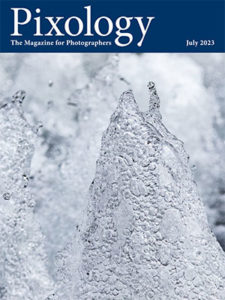Today’s Question: I used to see a “thumbnail slider” on the bottom right of the screen below the preview area in Lightroom Classic, but it has disappeared. Can you how to get it back?
Tim’s Quick Answer: You can enable the thumbnail size slider for the grid view in Lightroom Classic by clicking the popup button at the far right of the toolbar below the grid view and selecting “Thumbnail Size” from the popup.
More Detail: In the grid view in the Library module you can adjust the size of thumbnails using the slider at the far right of the toolbar below the image preview area. Note that this slider is not available when in the loupe view display, since in the loupe view you’re viewing a single image rather than a series of thumbnails.
The toolbar can be hidden or revealed by pressing the letter “T” on the keyboard. If the toolbar is hidden you obviously won’t be able to see the Thumbnails slider, so in this case simply press “T” on the keyboard to reveal the toolbar so you can access the Thumbnails slider.
If the Thumbnails slider is missing from the toolbar when in the grid view, you can click the downward-pointing triangle button at the far right of the toolbar to bring up a popup menu. There you can choose “Thumbnail Size” to enable the Thumbnails slider again.
Note that this same approach can be used to hide or reveal the various controls available for the loupe and grid views in the Library module. There are different options available for the loupe view versus the grid view, so you can review the items on the popup to see if there are any others you would like to enable or disable.


